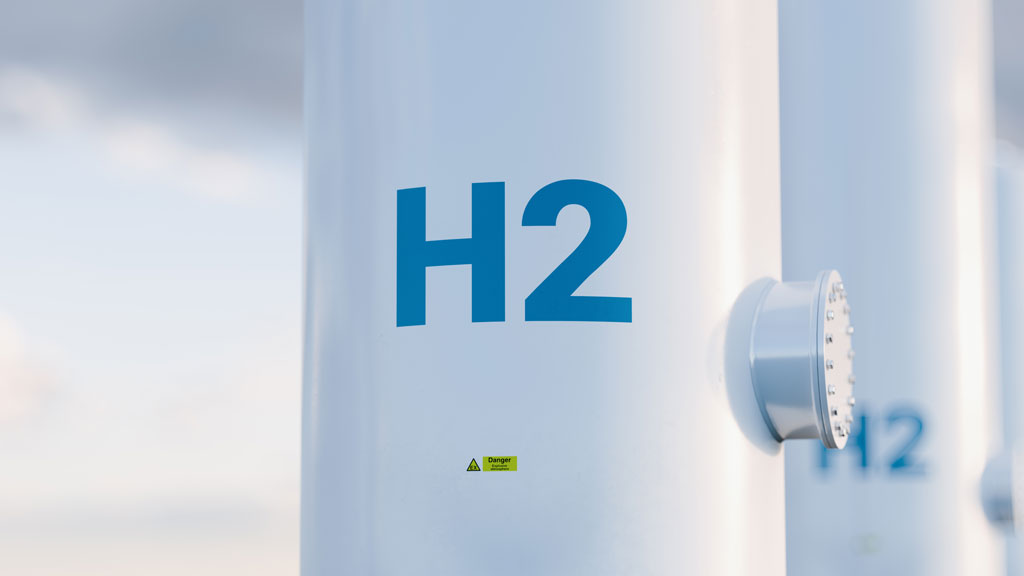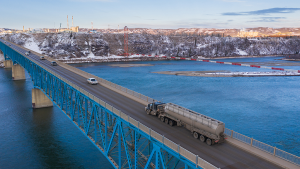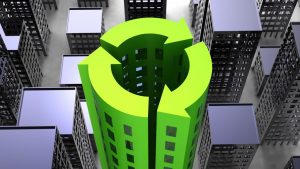Plans are moving along for construction of a massive, multibillion-dollar energy transition hub on the Kerry Lake East Indian Reserve in northern B.C that looks to further clean energy goals in the province and Canada.
The project will produce low-carbon energy and help reduce emissions in industries that are traditionally very difficult to decarbonize.
The proposal calls for a facility that would use electricity to split water molecules into hydrogen and oxygen via a process called hydrolysis. The hydrogen gas would then be converted to liquid ammonia to allow it to be shipped in rail cars to a port facility in Prince Rupert.
A second part of the venture entails construction of a straddle plant that would extract liquids such as ethylene from natural gas in pipelines that run across McLeod Lake Indian Band (MLIB) lands. The liquids would otherwise be burned as byproducts in the gas distribution system.
The project, known as the Tse’khene Energy Transition Hub, is planned on a site about 80 kilometres north of Prince George and two kilometres east of Highway 97. It would cost about $7 billion and is expected to create 600 construction jobs and require a permanent work force of 250.
“Hydrogen is likely the best clean solution we have for significantly reducing emissions in sectors such as heavy-duty transportation, industrial heat, and natural gas decarbonization,” says Alanah Connie, spokesperson for the Ministry of Energy, Mines and Low Carbon Innovation.
“Projects like the Tse’khene Energy Transition Hub will help position our province as a leader in the transition to a cleaner, low-carbon future, and help us meet our CleanBC goal to lower climate-changing emissions by 40 per cent by 2030.”
Where does the project sit now?
Earlier, the MLIB, Province of British Columbia and British Columbia Energy Regulator signed a memorandum of understanding (MOU) that laid the foundation for the hub.
“The MOU provides clarity and direction on regulatory obligations and environmental assessment processes that the three parties will collaborate on,” notes Connie. “It also puts a management committee in place that will oversee collaboration efforts and address any issues that may arise, as well as be responsible for co-ordinating between all parties and the federal government.”
Specifically, the MOU sets out that the MLIB will carry out the environmental assessment of the on-reserve aspects of the project and support the energy regulator to facilitate, among other things, public safety, environmental protection and reconciliation with Indigenous people.
An implementation committee will be formed, consisting of representatives from the province and MLIB, to address issues and promote continuous collaboration.
The energy transition hub will be further supported by the newly established Clean Energy and Major Projects Office to help the project navigate regulatory processes in Canada.
Surveying of the site for the plant began last summer followed by logging. Officials hope to begin construction this spring, with the project being completed within two years.
Last May, MLIB chief Harvey Chingee indicated Mitsubishi Power would be handling details of the financing needed to get the plant built. Recently, he did not return phone calls on the matter.
However, the ministry noted that MLIB is “continuing to carry out project development work with their corporate partners and with interested investors, customers, and additional partners, as well as technical work on project feasibility.”
Much of the infrastructure for the project is already in place, including a highway, railway and pipelines.
“The hub’s location has access to major highways and railways that will help with domestic hydrogen supply and demand, lower costs, and strengthening of the local hydrogen market,” says Connie.
Potential to export to Asia
The plan calls for a five-kilometre rail spur line to be connected to the CN line. The existing BC Hydro transmission line is about two kilometres from the proposed site. Water would be drawn from the nearby Crooked River.
The Tse’khene Energy Transition Hub is evaluating multiple options to export hydrogen to Asia.
“B.C.’s proximity to leading markets such as California, Japan, China and South Korea positions the province to become a leading exporter of clean hydrogen,” says Connie. “By 2050, demand in these regions is projected to reach 100 million tonnes/year, with potential to rise even higher.
“If we even capture five-per-cent market share in these regions, our export market could be $15 billion annually.”
Connie said the projects support CleanBC clean energy goals and positions the province as a leader in the transition to a cleaner, low-carbon future for Canada.
“The project will support creating zero-emission energy that will help reduce global emissions in hard-to-decarbonize sectors such as medium- and heavy-duty transportation, pulp and paper processing, as well as the oil and gas refining industries.”











Recent Comments